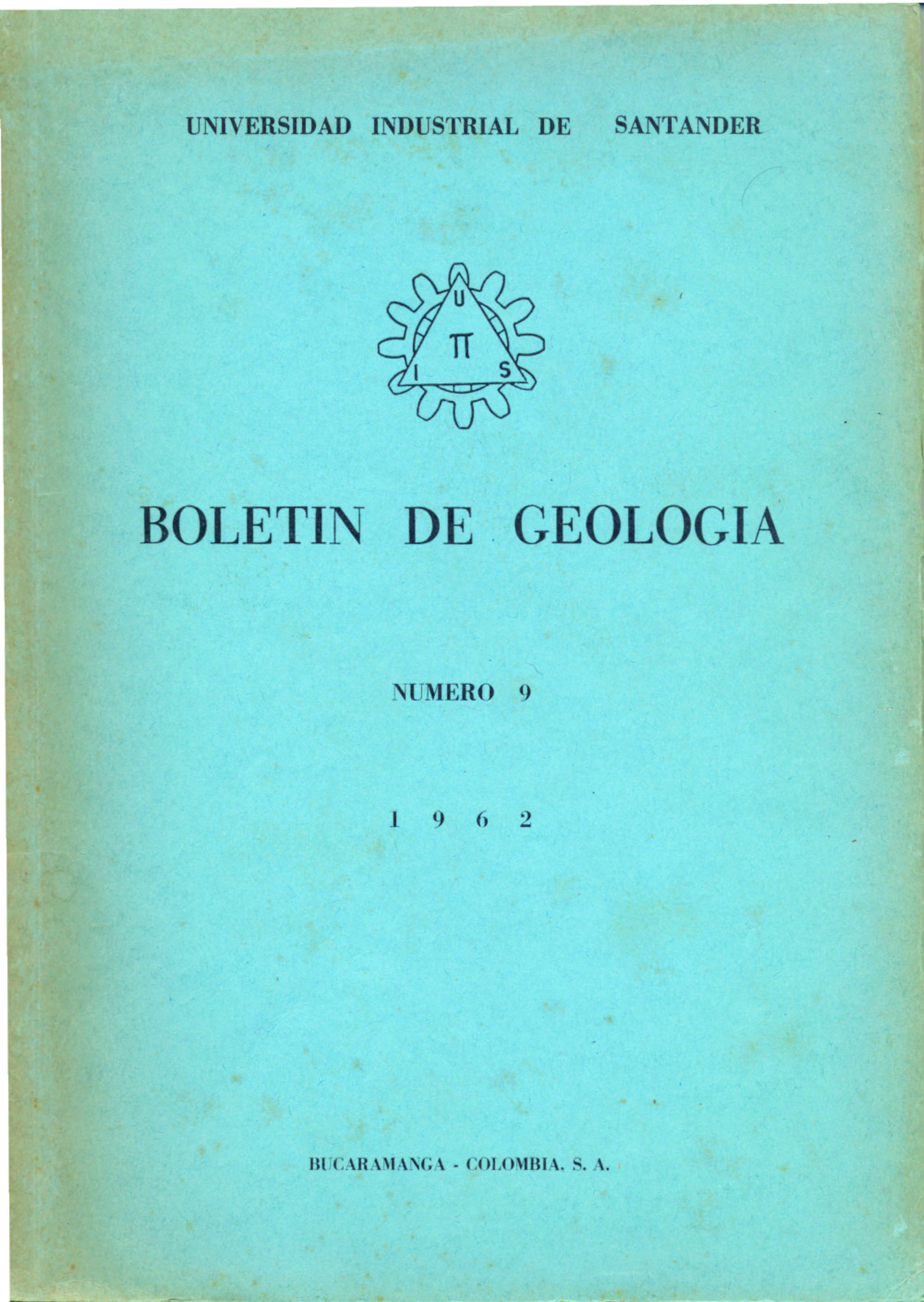Discussion about the ages of the Hoyón, Gualanday and La Cira formations in the region of Honda -San Juan de Ríoseco
Published 1962-04-05
How to Cite
Abstract
The results obtained from the pollen-analytical data of the Hoyón, Gualanday and La Cira formations in the region between Honda and Jerusalen (Magdalena Valley), gave a series of stratigraphic problems which are related with those obtained with the last studies of the Caribbean region. After a careful study of the general Palynological diagram of Colombia, it is quite clear that their foundations are not completely solid and it looks lake their geochronologic meaning is questionable. The pollen-analytical data from the basis of the Hoyón formation indicate the presence of the Cicatricosisporites group, which according Van der Hammen appears only in the lower Oligocene, proving that the Hoyón formation corresponds at least to the lower Oligocene and not to the lower Eocene and originating for this reason various correlating problems. Besides, taking in account the stratigraphy of the Tertiary it is impossible to admit that the Gualanday formation in his type locality corresponds to the Gualanday formation of the zone of "San Juan de Río Seco". For all those circumstances it is more advisable to consider as a whole the groups of pollen found in each formation without trying to fix any age, until it is possible to establish one stratigraphy based on the presence or disappearance of a group of species, leaving out the meaning due to the proportions among the different morphological groups of pollen.
